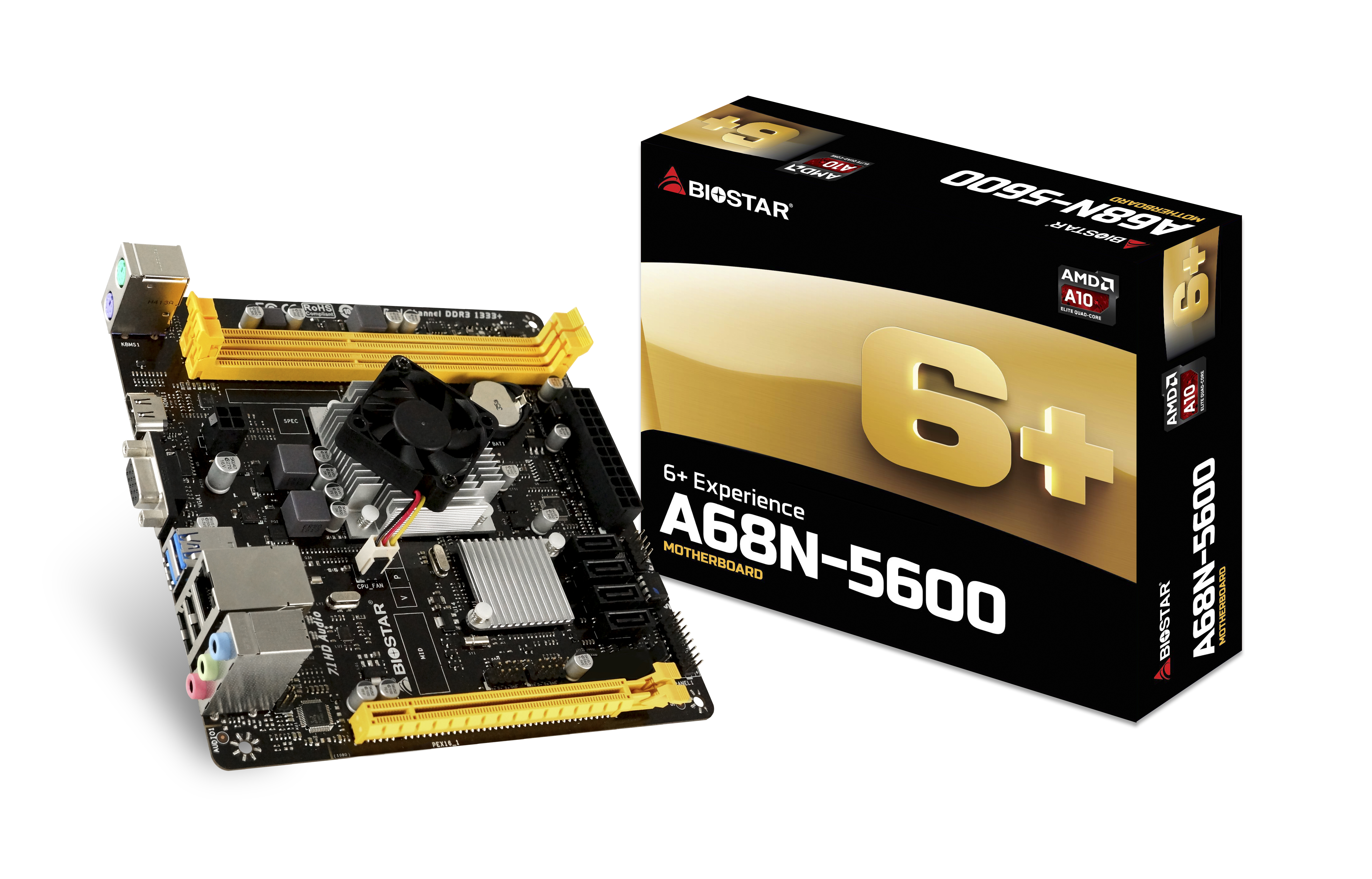Final Score: 94 out of 100
Let us be crystal clear right from the start of our final analysis. If you want the best of what T705 Pro series has to offer then the choice is clear. You want the 2TB capacity option. Specifically the nekkid / non-OEM Heatsink edition. It is faster. It stays faster… and with a proper “3rd party” cooling solution(s) it is the best choice. So yes. The ‘rule of thumb’ of the 2TB capacity options being ‘better’ than the 1TB version is still alive and well… for now at least. So if your budget can stretch to the 2TB T705 Pro (plus heatsink of your choice) and you want the best you can get… the Crucial T705 Pro 2TB is a fantabulous option. Buy it. Enjoy it, and no need to continue reading about the minutiae of the whys and hows.
For everyone else. Things are not quite as crystal clear, nor rosy for the 2TB capacity edition. Yes. The 2TB is going to be faster. It is better. It is more robust. It just is plain better than the 1TB T705 Pro variant. However the 1TB is not just a cromulent option. It is in its own right an outstanding choice for many builds and scenarios. This is because NAND has come a long way and the differences are not as great as they were even just a year ago. Put simply this new breed of 24000 MT/s ‘58R TLC R.G. NAND is no joke. It can embiggen the smallest of options… and when paired with a rather good controller with (finally) excellent firmware the 1TB’er is hard to beat from a value point of view. Put simply, the extra performance the 2TB’er has to offer in the real world stems more from bigger RAM and pSLC write cache buffer than it does from “proper” die levels per controller channel. That is how good Micron TLC NAND has gotten.
Beyond the NAND being so good as to minimize performance differences, the other reason the 1TB options can now punch above their weight class has to do with the form-factor being used. Until the M2 22×80 standard is replaced with a wider (and longer) standard… one where a NAND’s package/IC/chip length can fit on the Y instead of just the X axis of the PCB the best we are going to see is four NAND ICs. Four CuA’s worth of low-level controller circuitry and not a smidgen more. That is a bottleneck that keeps the 2TB from being noticeably better than the 1TB. In the coming generations, if things do not change, this maximum of four NAND ICs is quickly going to first change from a minor, to a moderate and then to a straight up massive issue in the coming years.
Which should surprise no one as the Next Generation Form-Factor / M.2 is a rather poor form-factor for ultra-high performance… ultra-high power consumption storage devices. One that was shoe horned into doing what is what not intended do and frankly needed to be replaced back in the PCIe 3.0 days. Until that happens the days of worrying about performance differences from one capacity to another are pretty much done for. Yes. There will be exceptions, but the T705 is not one of them. Both are just that good, and it would be a disservice to say that one is ‘clearly’ better than the other option.
With all that said. The 2TB capacity variant is the one we personally will be buying, and using in custom builds. The days of nosebleed asking prices (be in in cents per GB or total asking price) are also long gone. Thus, the 1TB really is for those who do need to keep budget restrictions in mind… but still have a need for speed. A need for speed that lower-grade models like the T500 Pro series cannot fully satiate.
As such the best recommendation we can give you when asked about 1TB vs 2TB options is this: think long and hard about what is important to you. If it is price. The 1TB is the better option. If it is capacity, or performance, or robustness, the 2TB option is still the better long-term choice. So choose wisely, but understand that both the 1 and 2 Terabyte capacity versions of the T705 Pro are excellent choices and not worrying too much about. Most, who can afford the added cost, will simply find “the best of the best”… best for their system upgrade.


The Review
Crucial T705 2TB
The Crucial T705 Pro series offers exceptional performance, with the 2TB version being the top choice for speed, capacity, and long-term robustness. However, the 1TB option provides outstanding value and performance, making it ideal for budget-conscious users. Thanks to advancements in NAND technology, both versions are highly competitive, so your choice depends on whether you prioritize price or capacity. Either way, both options are excellent for system upgrades.










